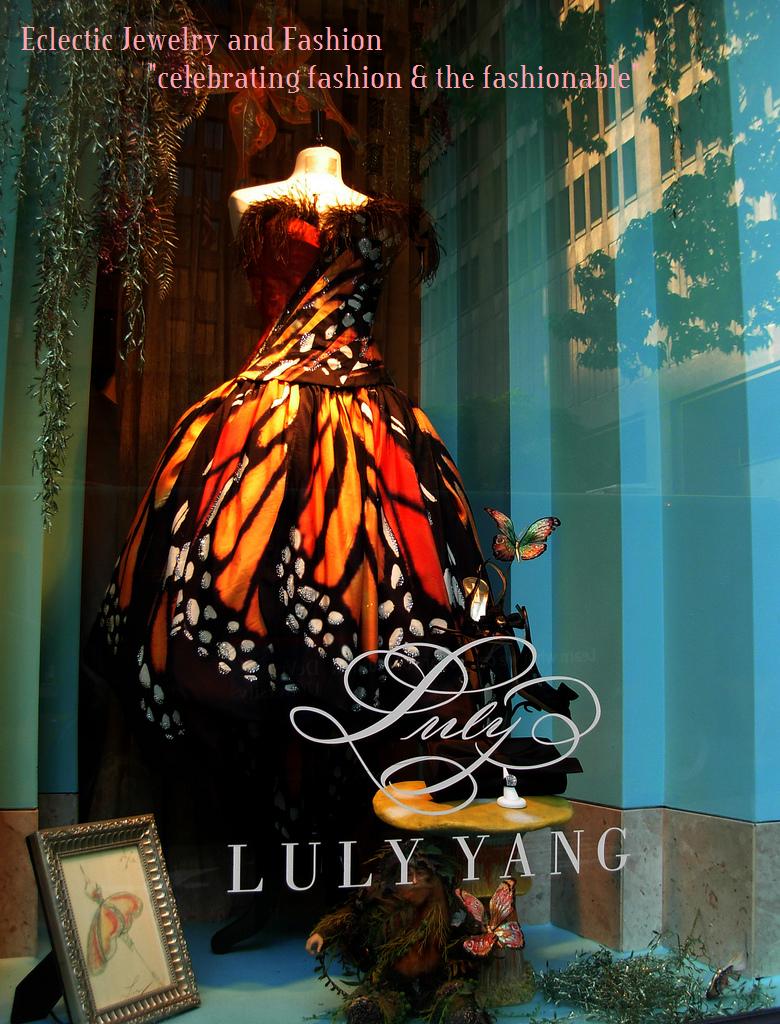
Deborah Turbeville’s latest book of photographs, Past Imperfect, may be puzzling to those who like their answers on a plate. The pictures breach the fine line between a commercial fashion shoot and a pictorial work of art, for one thing. In the scenarios depicted the female models are cast as players whose role is ambiguous. As well, the photographer has reproduced her original archive in which many of the prints were torn, scratched and superimposed with sticky tape. She and her publisher, Steidl, spent four and a half years on the book, which is an edited compilation of work done between 1974 and 1997.
Turbeville offers a partial lifeline. 'I like not to be defined,’ she told me recently. 'It is typical of my way of thinking and working to prefer a work in progress, an open-ended visual narrative, rather than the completed version.’
What can be said with certainty is that the photographs present one of the great American fashion and style photographers of her generation as a storyteller. 'My pictures are about a mood,’ she says. 'There is a lot of ambiguity about my work and the way people see the photographs. The people who don’t like them have said they are like pictures torn out of a magazine 100 years ago. In fact, they are about anybody’s past, the present and the future. You can see the future in the women’s faces, in their apprehension. Perhaps it reflects the anxiety that is in me.’
Predominantly monotone, the pictures were shot in Paris, Prague, Carlsbad and New York. Turbeville concocts her storylines around unusual environments, models who tend to be non-professionals – fledgling models and actresses who were able to create a character from a line or two and looked the part assigned to them – and a recurring fashion and style element. Although dealing with the fashion of the season, the impression given is of a wardrobe that is surprisingly familiar. If there is a 'look’ it draws on timeless classic shapes and details.
Born in 1938 to a comfortably off Bostonian family, Turbeville found her way into photography through magazine journalism. Following a stint at the age of 20 as a model for Claire McCardell, the innovative New York ready-to-wear designer, she went on to work as an editor on American Harper’s Bazaar in the 1960s.
At the magazine, she recalled, she was given a section that dealt with personalities and children. 'I used rather eccentric-looking people with very special photographers and the section became talked about.’ But after three years, the editor-in-chief, Nancy White, called it a day, telling her that she had 'taken things too far’. The end was 'very explosive,’ Turbeville relates. Shortly after this episode Turbeville showed her own amateur photographs to Richard Avedon, with whom she had worked on the magazine. As a result he allowed her to attend some advanced seminars he was teaching with the artist and art director Marvin Israel. This was to be her only formal education in taking pictures. Avedon predicted in the class that she would, one day, succeed.
'I wasn’t an overnight success,’ she said. 'The height of my commercialism was in the 1980s. Then I was always running over to Europe to work for magazines and do special advertising campaigns for Emanuel Ungaro and Valentino, people like that.’
Over the years she has been published regularly by Italian Vogue, L’Uomo Vogue and Casa Vogue and the New York Times Magazine. A shoot she did for American Vogue in 1975 in which a group of young women posed at the Astor Levy Place Bathhouse in New York was considered groundbreaking, largely due to its penetrating insight into female sexuality.
Although she photographs landscapes, architecture, interiors, and men as well as women, sartorial fashion has retained its pull for her. 'It’s very complex,’ she told me. 'If you use clothes the way I try to use clothes when I work with the right kind of stylists and editors, then it becomes a description. It’s like dressing someone for a film or a portrait. It goes back to the beginning of painting, or the silent films that I respect so much and watch so avidly. Clothes are very important to me, more so, I suspect, than for commercial photographers.
I look on fashion and style as a value that allows me to make a picture in another way.’
Since her own beat is a judicious mix of commercialism and art, it is to the point that she has observed a change in the state of the once-sensitive crossover between the two. In her new book the reproduced handwriting on the original prints reveals, for instance, that the dummy factory shots were done for Charles Jourdan and others are film stills for Calvin Klein. When she published her first book, Wallflower, she was strongly warned by Marvin Israel, who was working with her on the title, 'Don’t ever tell anyone who these photographs were done for. People will never get over it. So I was very nervous about the whole thing.’ She believes that a number of other cameramen, such as Peter Lindbergh, who produces graphic, spectacular shots of personalities and models, have helped to bridge the divide.
Turbeville divides her time between New York, St Petersburg and her home in Sao Miguel de Allende in Mexico. She produced a book, Casa No Name, on Mexican interiors earlier this year. Lately she has cut down on her commitments in Europe. But London will see an exhibition of her work in February next year when she will be showing at the new Wapping Project gallery at Bankside.
'Past Imperfect’ by Deborah Turbeville (Steidl) is available from Telegraph Books for £35.99 plus £1.25 p&p (0844-871 1515; books.telegraph.co.uk)
(Daily Telegraph U.K.)
I love her eccentric aesthetic......the juxtaposing of photography with the look of collage is creativity at it's best.








No comments:
Post a Comment